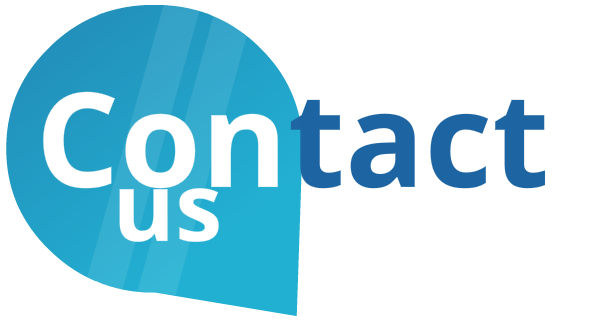PDFs are just unavoidable and they come from everywhere.
Processing these PDF documents in a document-intensive workflow to extract relevant data is always time-consuming, repetitive, expensive, and tedious for workers.
While copy-pasting may be sufficient for a small number of documents, however, processing a large volume of documents requires advanced technology such as OCR and document AI.
Where do we use traditional OCR?
Traditional OCR technology extracts data in a line-by-line or word-by-word manner, without comprehending the overall context of the document. This approach can be effective for simple processes where only a limited amount of structured information, such as email addresses or phone numbers, needs to be captured. By using regular expressions or Regex, we can create static rules to identify specific formats of data or detect identifiers within the document that indicate the relevant data point. It is crucial to establish a clear relationship between the identifier and the corresponding data point, which can be achieved through the use of Regex. Additionally, Regex can be utilized for classifying documents on a small scale where the number of document types is static and well-defined.
Where do we use Document AI?
Document AI is an innovative technology that surpasses the capabilities of OCR and regex. By utilizing machine learning algorithms, Document AI can understand the context and layout of a wide range of documents, allowing it to extract meaningful information in a manner that closely resembles human understanding. Unlike traditional OCR and regex, which rely solely on pattern recognition, Document AI leverages advanced machine learning techniques to interpret the content of a document and extract information in a more nuanced and sophisticated way. By doing so, Document AI is very useful and the only solution for automating document-intensive processes that involve the processing of large volumes of documents.
Document AI, OCR and Regex
In certain real-life applications that involve the processing of complex documents, it may be beneficial to use all three technologies together in order to achieve optimal accuracy and efficiency. However, for such applications, it is strongly recommended to seek the expertise of Document AI professionals who possess in-depth knowledge and experience with all three technologies. By combining their expertise, businesses can optimize their document processing workflows, resulting in improved accuracy, efficiency, and productivity.
Moreover, Document AI is capable of processing a wide variety of document types, ranging from invoices and receipts to tax forms and legal contracts. Its advanced machine learning algorithms enable it to interpret the context and layout of documents, which allows for more accurate and precise data extraction. By automating the process of document processing, Document AI can significantly reduce manual errors, minimize costs, and accelerate business processes, making it an indispensable tool for organizations across a broad range of industries.
Document data extraction: how to improve accuracy in document AI
The adoption of document data extraction is on the rise as a method for automating processes that involve dealing with large volumes of documents. According to various research the Intelligent Document Processing (IDP) market is expected to grow at a CAGR of 29.7% from 2022 to 2030 and anticipated to reach USD 11.6 billion by 2030.
There are many companies who are offering document AI tool to extract relevant information from unstructured, scanned documents such as invoices, PDFs, receipts, tax documents, etc. Intelgic, Docsumo, Nanonates are few of them. Each of these companies has their own pre-trained AI models for popular and widely used use cases in document AI such as invoice.
However when it comes to increasing accuracy of these AI models, these pre-trained and ready models may not provide very high accuracy. In these scenarios, it is suggested that train the AI model with your own documents (each document type)
-
Soumen Dashttps://intelgic.com/insights/author/admin/
-
Soumen Dashttps://intelgic.com/insights/author/admin/
-
Soumen Dashttps://intelgic.com/insights/author/admin/
-
Soumen Dashttps://intelgic.com/insights/author/admin/


